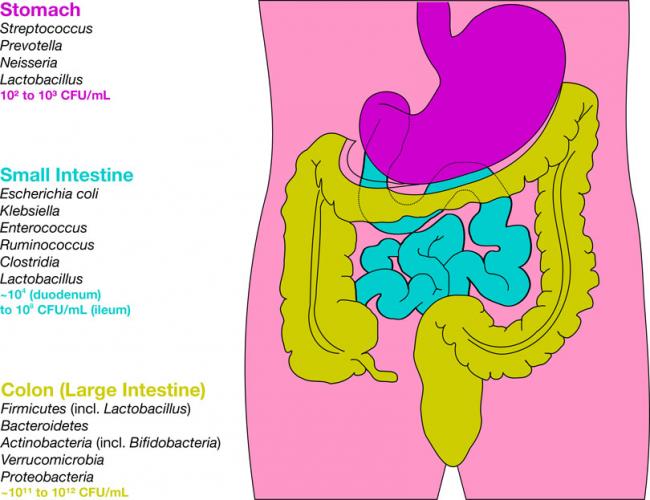News
- Acupuncture for lateral elbow pain
04 May 20
- Depression presentations, stigma, literacy reviewing YouTube
04 May 20
- Chronic fatigue syndrome/myalgic encephalomyelitis (CFS/ME)
06 Apr 20
- Saffron For Depression
06 Apr 20
- Lupin-containing foods and blood pressure in people with diabetes
06 Apr 20
- The role of the Microbiome in Major Depressive Disorder
06 Apr 20
- Vitamin D levels and Asthma
06 Apr 20
- The ketogenic diet pros and cons
07 Jan 20
- Hydrotherapy for balance and knee strength in patients with stroke
07 Jan 20
- Australian health service utilization in those with cancer
07 Jan 20
- Naturopathic Medicine for Gastrointestinal complaints
07 Jan 20
- Gestational Diabetes and Vitamin D
07 Jan 20
- Succeeding with Exercise Therapy in patients with intermittent claudication
17 Dec 19
- Acupuncture in Hospitalized Patients with Schizophrenia
17 Dec 19
- Whole and Refined Grains and Health
17 Dec 19











